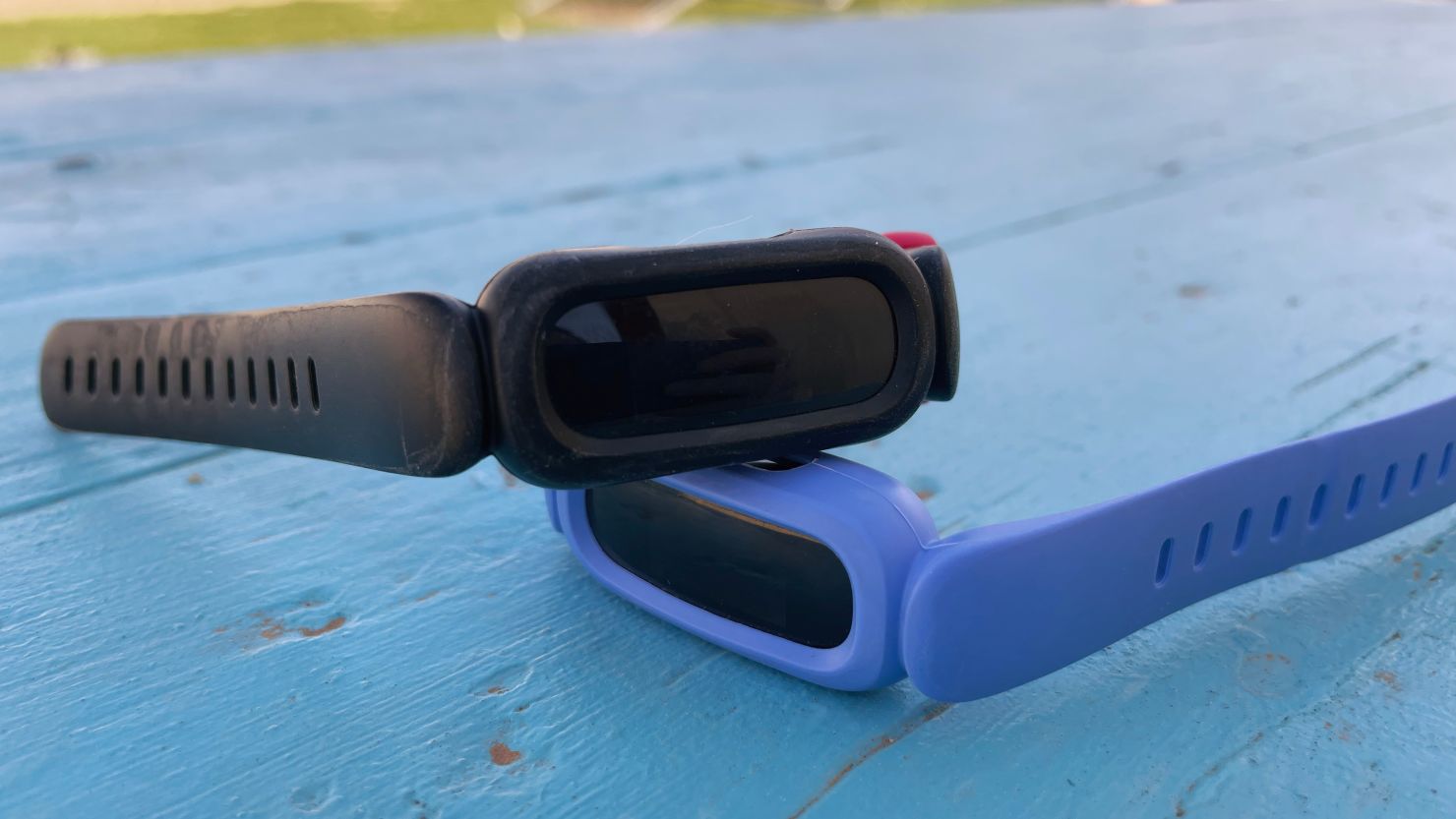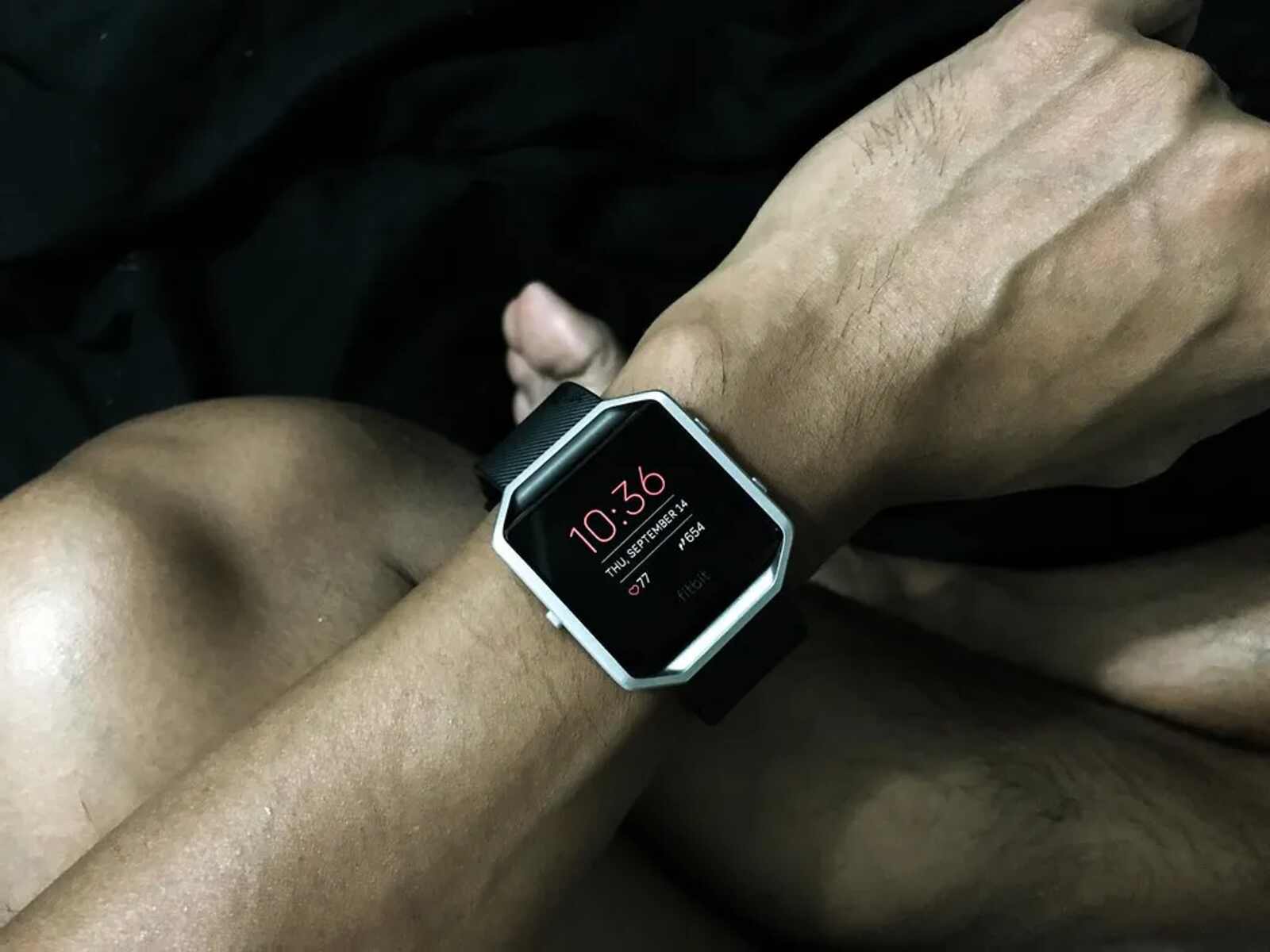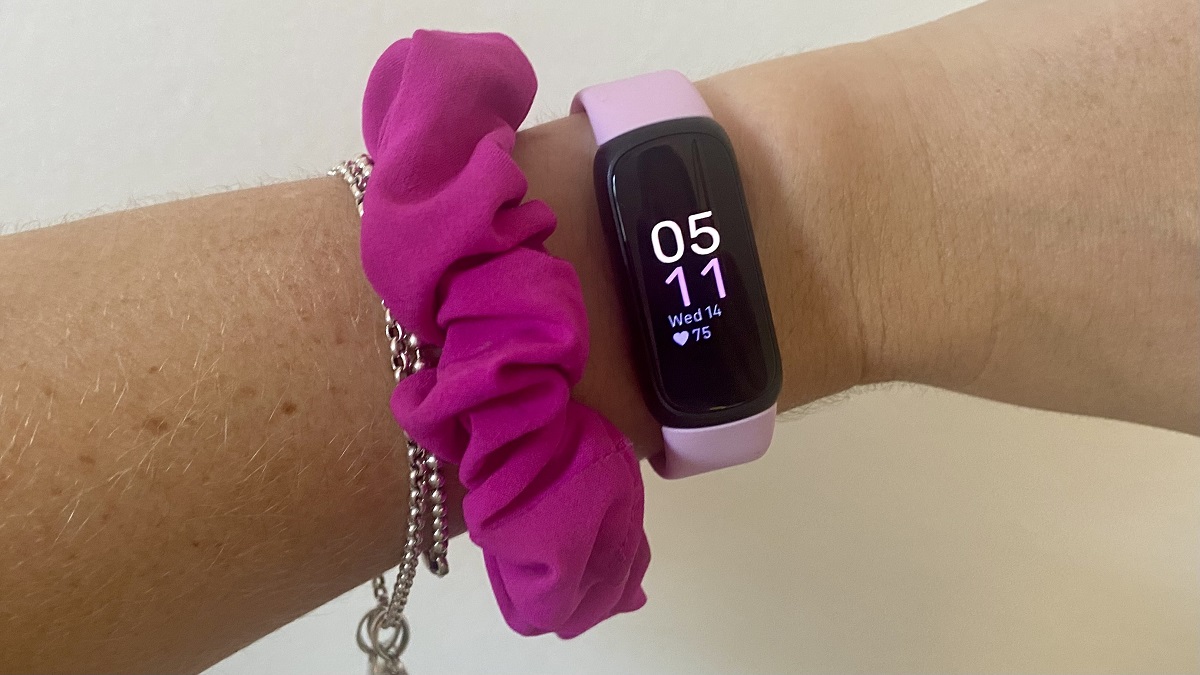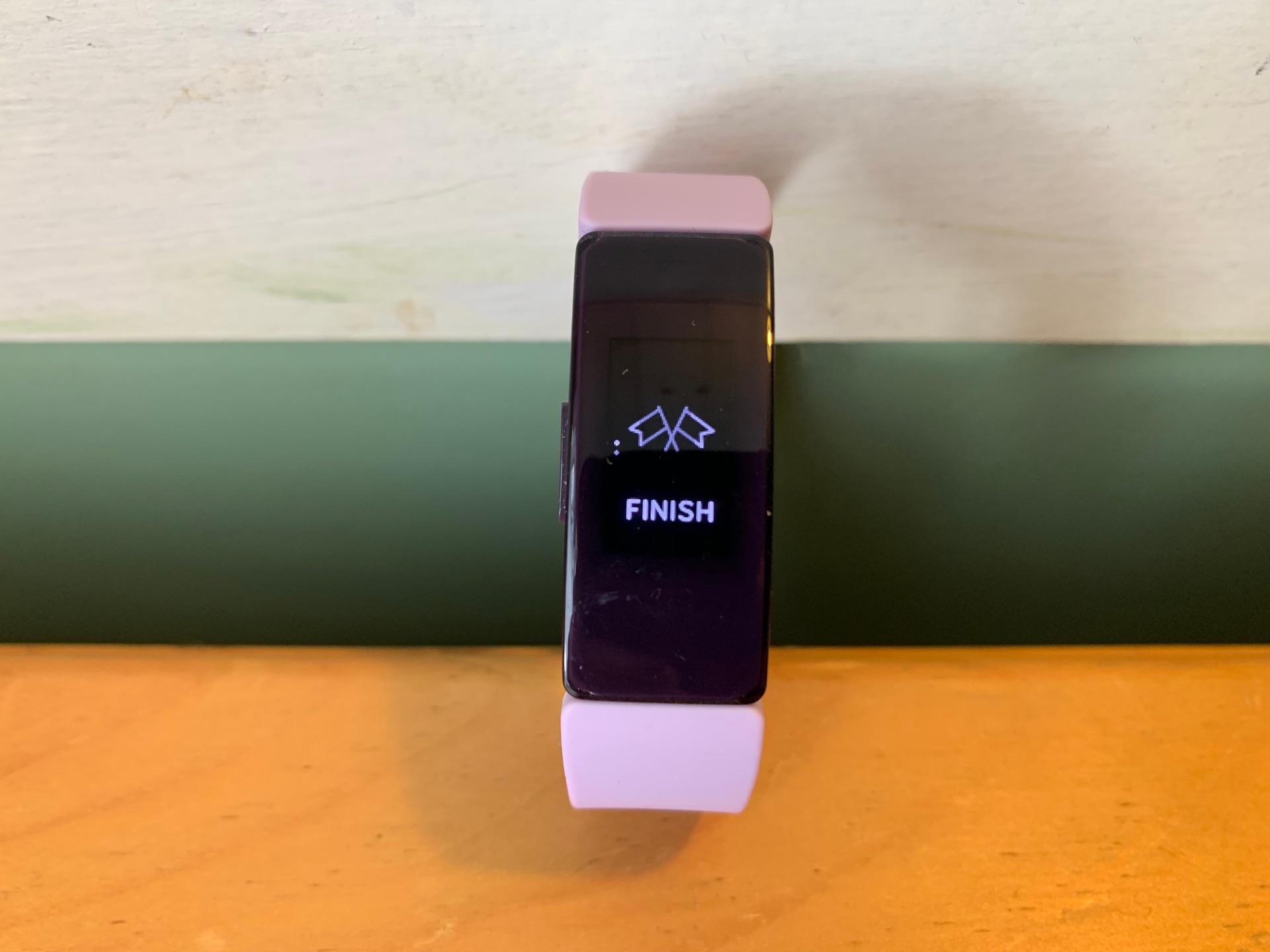Introduction
Wearable technology has revolutionized the way we monitor and improve our health and fitness. Among the leading wearable devices, the Justice Fitbit stands out as a versatile and reliable tool for tracking various aspects of our well-being, from physical activity to sleep patterns. One crucial aspect of using a Fitbit, or any wearable device for that matter, is ensuring that the time is accurately set. The time displayed on your Justice Fitbit not only serves as a convenient reference throughout the day but also plays a vital role in tracking your activities and sleep cycles.
Ensuring that the time on your Justice Fitbit is accurate is essential for maintaining the integrity of the data it collects. Whether you're tracking your steps, monitoring your heart rate, or analyzing your sleep patterns, having the correct time is fundamental to obtaining precise and actionable insights. This is particularly important when it comes to monitoring sleep, as the Fitbit uses the time to determine when you fall asleep and wake up, which directly impacts the accuracy of your sleep data.
In this article, we will delve into the significance of time adjustment on the Justice Fitbit and provide a comprehensive guide on how to change the time settings. Additionally, we will share valuable tips for ensuring that your Justice Fitbit maintains accurate timekeeping, empowering you to make the most of this advanced wearable technology. Let's embark on this journey to optimize the functionality of your Justice Fitbit by mastering the art of time adjustment.
Why Time Adjustment is Necessary
Ensuring that the time on your Justice Fitbit is accurately set is crucial for obtaining reliable and actionable data. The time displayed on your Fitbit impacts various aspects of its functionality, making it essential to keep it in sync with the correct time zone and daylight saving time changes. Here are several reasons why time adjustment is necessary for your Justice Fitbit:
-
Accurate Activity Tracking: When the time on your Justice Fitbit is incorrect, the data recorded for your physical activities, such as steps taken and distance covered, may be skewed. This can lead to misleading insights about your daily exercise and overall physical well-being. By adjusting the time to reflect the current time zone and daylight saving time, you ensure that the activity tracking feature provides precise and reliable information.
-
Reliable Sleep Monitoring: The Justice Fitbit is equipped with advanced sleep tracking capabilities, offering valuable insights into your sleep patterns and quality. However, if the time on your Fitbit is inaccurate, it can affect the device's ability to accurately detect when you fall asleep and wake up. This can compromise the reliability of your sleep data, impacting your understanding of your sleep cycles and overall sleep quality.
-
Synchronization with Other Devices: Many users rely on their Fitbit to sync with other devices, such as smartphones and computers. Inaccurate time settings can disrupt this synchronization, leading to discrepancies in data across different platforms. By ensuring that the time on your Justice Fitbit is correctly adjusted, you maintain seamless integration with other devices, allowing for a cohesive and comprehensive overview of your health and fitness data.
-
Event Reminders and Notifications: The Justice Fitbit offers features for setting event reminders and receiving notifications for various activities. These functions rely on the accurate time settings to deliver timely alerts and reminders. If the time on your Fitbit is incorrect, it can lead to missed notifications or reminders, impacting your ability to stay organized and informed throughout the day.
By recognizing the significance of time adjustment for your Justice Fitbit, you can harness the full potential of this advanced wearable device. The next section will delve into the step-by-step process of changing the time settings on your Justice Fitbit, empowering you to optimize its functionality and accuracy.
How to Change Time on Justice Fitbit
Changing the time on your Justice Fitbit is a straightforward process that ensures the accuracy of the data it collects and provides a seamless user experience. Here's a step-by-step guide to adjusting the time settings on your Justice Fitbit:
-
Access the Settings: To begin, navigate to the main menu on your Justice Fitbit by tapping on the device's screen or using the designated button, depending on the model. Once in the main menu, locate and select the "Settings" option to proceed to the settings menu.
-
Select the Clock Option: Within the settings menu, look for the "Clock" or "Time" option and select it to access the time settings for your Justice Fitbit.
-
Adjust the Time: Once you have accessed the time settings, you can proceed to manually adjust the time displayed on your Justice Fitbit. Depending on the model of your Fitbit, you may use the touchscreen or physical buttons to incrementally modify the hours, minutes, and seconds to reflect the current time accurately.
-
Confirm the Changes: After making the necessary adjustments to the time settings, ensure that you confirm the changes to save the new time configuration on your Justice Fitbit. This typically involves selecting a "Save" or "Confirm" option to apply the updated time settings.
-
Synchronize with the Fitbit App: To further ensure the accuracy of the time on your Justice Fitbit, consider synchronizing the device with the Fitbit app on your smartphone or computer. This process can help align the time settings across different platforms, providing a cohesive and consistent user experience.
By following these simple steps, you can effectively change the time on your Justice Fitbit, ensuring that it accurately reflects the current time zone and daylight saving time changes. This not only enhances the precision of the data collected by your Fitbit but also contributes to a seamless and reliable user experience.
In addition to the outlined steps, it's important to periodically review and adjust the time settings on your Justice Fitbit to account for any changes in time zones or daylight saving time observance. By staying proactive in maintaining accurate timekeeping on your Fitbit, you can maximize its utility and derive meaningful insights into your health and fitness journey.
Tips for Accurate Timekeeping
Maintaining precise timekeeping on your Justice Fitbit is essential for ensuring the accuracy of the data it captures and the overall functionality of the device. Here are valuable tips to help you achieve accurate timekeeping and optimize the performance of your Justice Fitbit:
-
Regular Time Verification: Periodically verify the time displayed on your Justice Fitbit to ensure that it aligns with the current time zone and daylight saving time adjustments. This proactive approach can prevent discrepancies in data collection and analysis, providing reliable insights into your activities and sleep patterns.
-
Automatic Time Updates: If your Justice Fitbit offers the option for automatic time updates, consider enabling this feature. Automatic time updates can seamlessly adjust the device's time settings based on changes in time zones and daylight saving time, eliminating the need for manual intervention and ensuring consistent accuracy.
-
Sync with Reliable Time Source: When adjusting the time on your Justice Fitbit, synchronize it with a reliable time source, such as a smartphone or computer that regularly updates its time settings. This helps maintain precision and consistency in timekeeping, aligning your Fitbit with universally recognized time standards.
-
Account for Travel and Time Zone Changes: If you frequently travel across different time zones, be mindful of adjusting the time on your Justice Fitbit to reflect the new location's time zone. This practice ensures that the data recorded during your travels, including physical activities and sleep patterns, remains accurate and actionable.
-
Battery Replacement Reminder: Keep track of the battery life on your Justice Fitbit and replace the battery promptly when necessary. Low battery levels can impact the device's timekeeping accuracy, potentially leading to discrepancies in data collection. By maintaining optimal battery levels, you uphold the integrity of the timekeeping function.
-
Time Calibration with Smartphone: Utilize the synchronization capabilities of the Fitbit app on your smartphone to calibrate the time settings. By aligning the time displayed on your Fitbit with that of your smartphone, you establish a consistent time reference, enhancing the overall reliability of the data collected by your Fitbit.
-
Regular Software Updates: Stay attentive to software updates released for your Justice Fitbit. These updates often include enhancements to timekeeping algorithms and overall system stability, contributing to improved accuracy in time tracking and data analysis.
By implementing these tips, you can proactively manage the timekeeping aspect of your Justice Fitbit, ensuring that it remains a reliable and precise tool for monitoring your health and fitness journey. Embracing these practices empowers you to extract meaningful and actionable insights from the data collected by your Fitbit, supporting your pursuit of a healthier and more active lifestyle.
Conclusion
In conclusion, mastering the art of time adjustment on your Justice Fitbit is pivotal to unlocking the full potential of this advanced wearable device. By recognizing the significance of accurate timekeeping, you empower yourself to obtain reliable and actionable insights into your health and fitness journey. The seamless integration of precise time settings with the data collected by your Fitbit ensures that you can make informed decisions and track your progress with confidence.
Throughout this article, we have explored the crucial role of time adjustment in maintaining the integrity of activity tracking, sleep monitoring, and synchronization with other devices. By understanding the impact of accurate time settings on these key functionalities, you gain a deeper appreciation for the importance of proactively managing the time on your Justice Fitbit.
The step-by-step guide provided for changing the time settings on your Justice Fitbit offers a clear and accessible pathway to ensuring that the device accurately reflects the current time zone and daylight saving time changes. By following these simple instructions, you can seamlessly align the time on your Fitbit with real-time standards, enhancing the precision of the data it captures.
Moreover, the invaluable tips for accurate timekeeping serve as a comprehensive resource for maintaining consistent and reliable time settings on your Justice Fitbit. From periodic time verification to leveraging automatic time updates and syncing with reliable time sources, these tips empower you to uphold the accuracy of your Fitbit's timekeeping function with ease.
As you embark on your journey with the Justice Fitbit, embracing the best practices for time adjustment and meticulous timekeeping will undoubtedly elevate your experience and the utility of the device. By integrating these practices into your routine, you pave the way for a seamless and insightful exploration of your health and fitness data, enabling you to make meaningful strides towards your wellness goals.
In essence, the time adjustment process for your Justice Fitbit transcends mere numerical adjustments; it symbolizes the commitment to precision, reliability, and a holistic approach to leveraging wearable technology for personal well-being. With accurate time settings as the cornerstone, your Justice Fitbit becomes a steadfast companion on your path to a healthier and more active lifestyle.

























